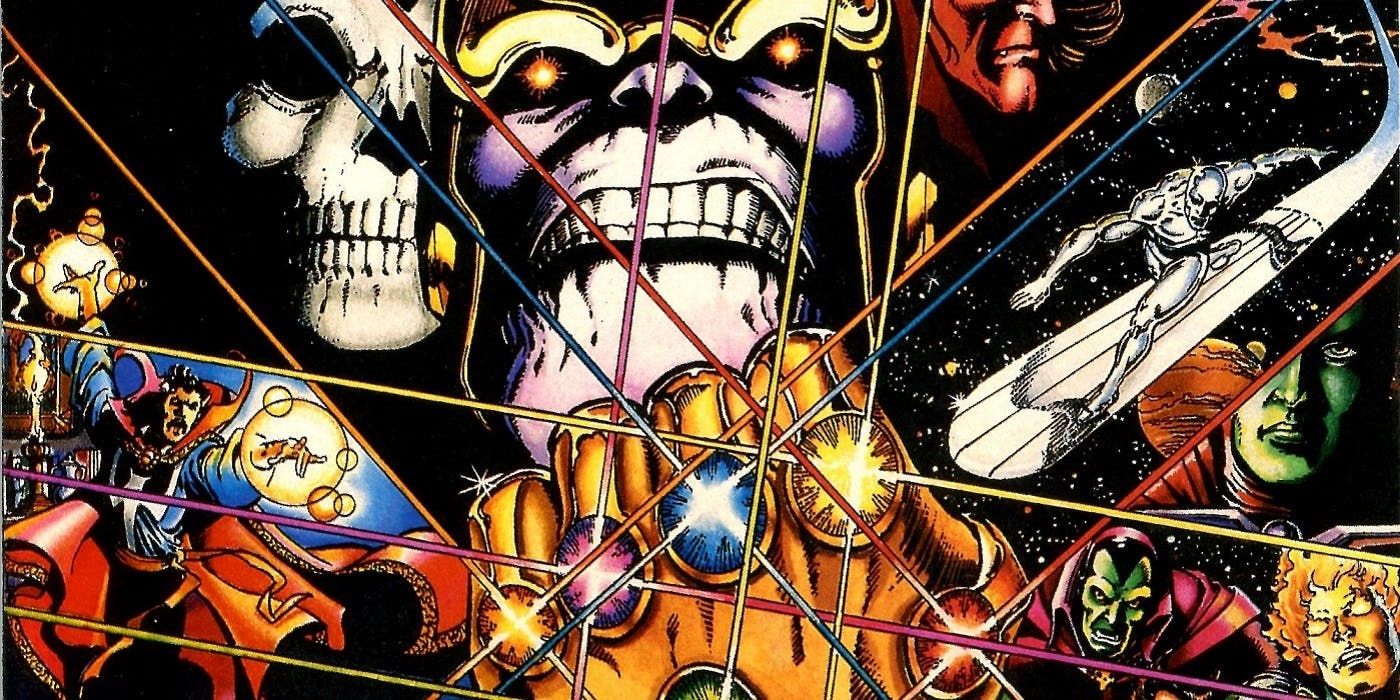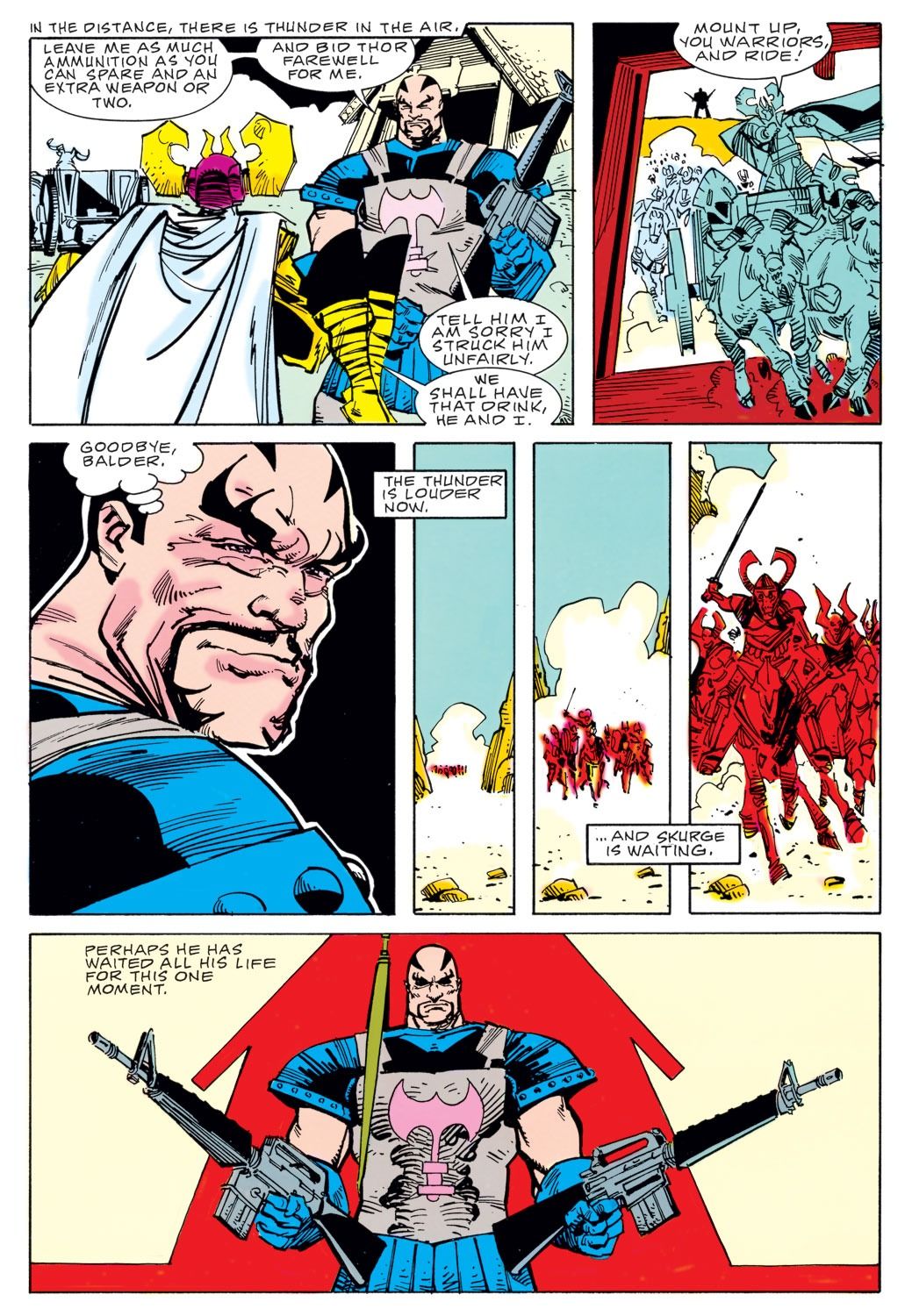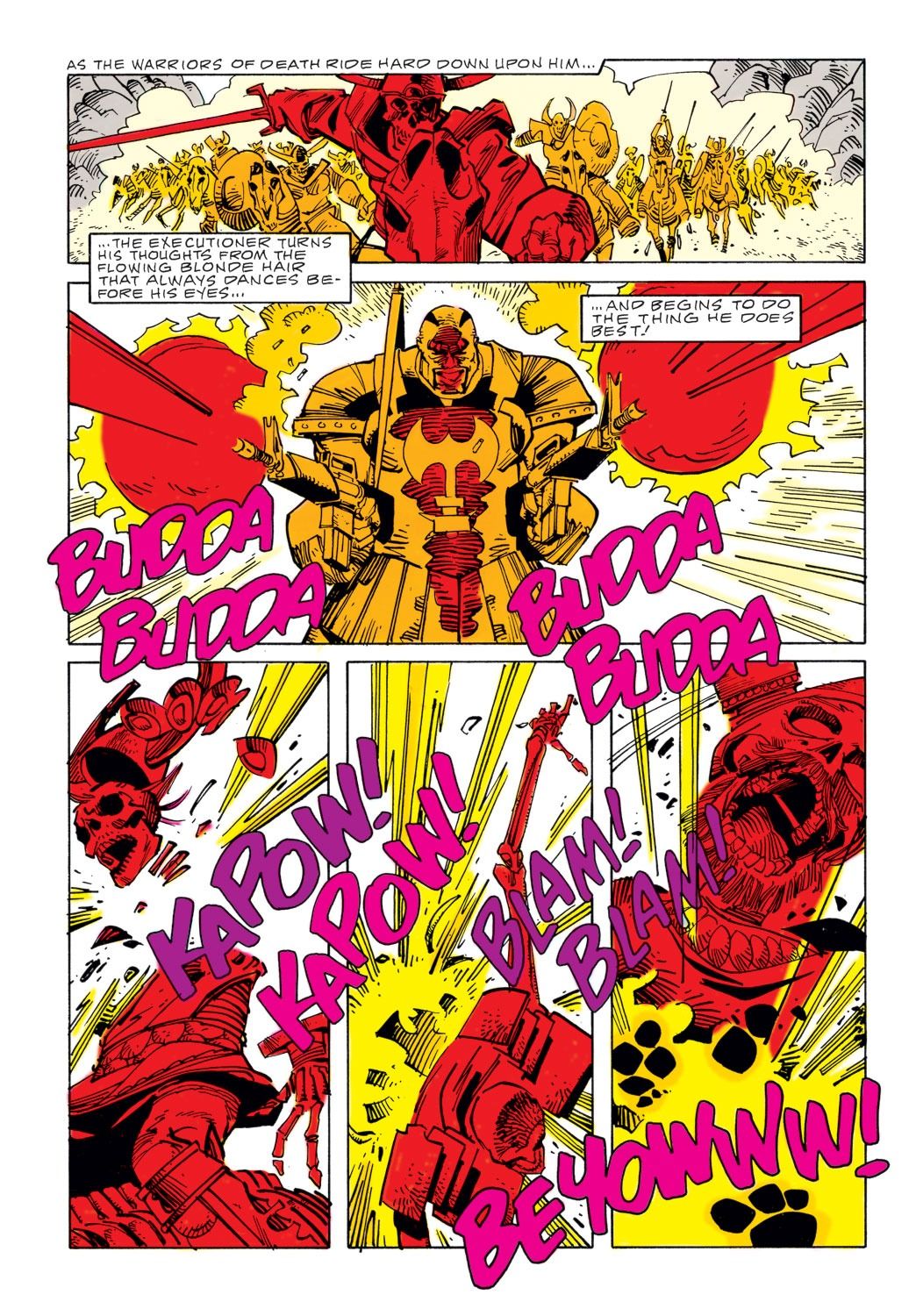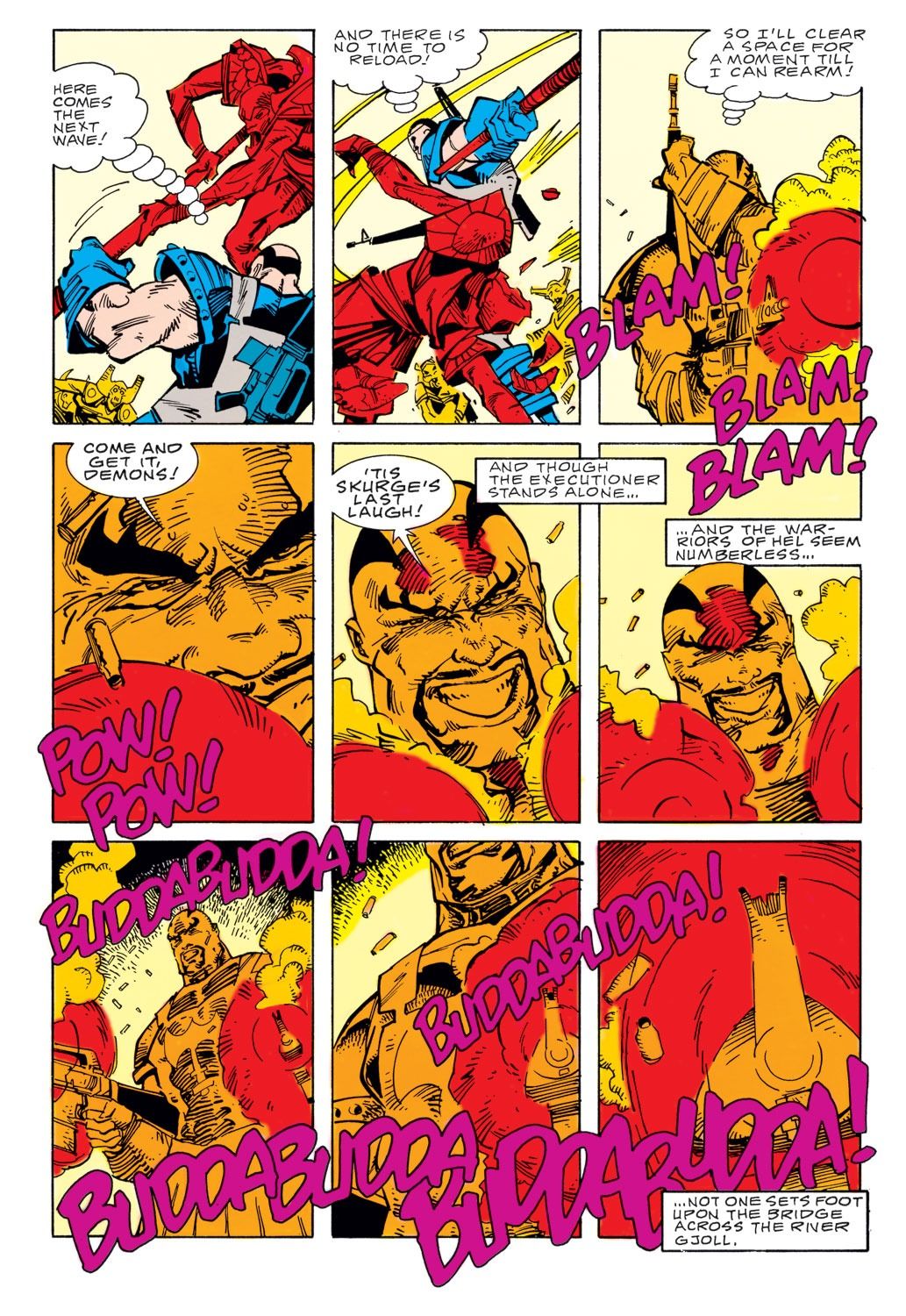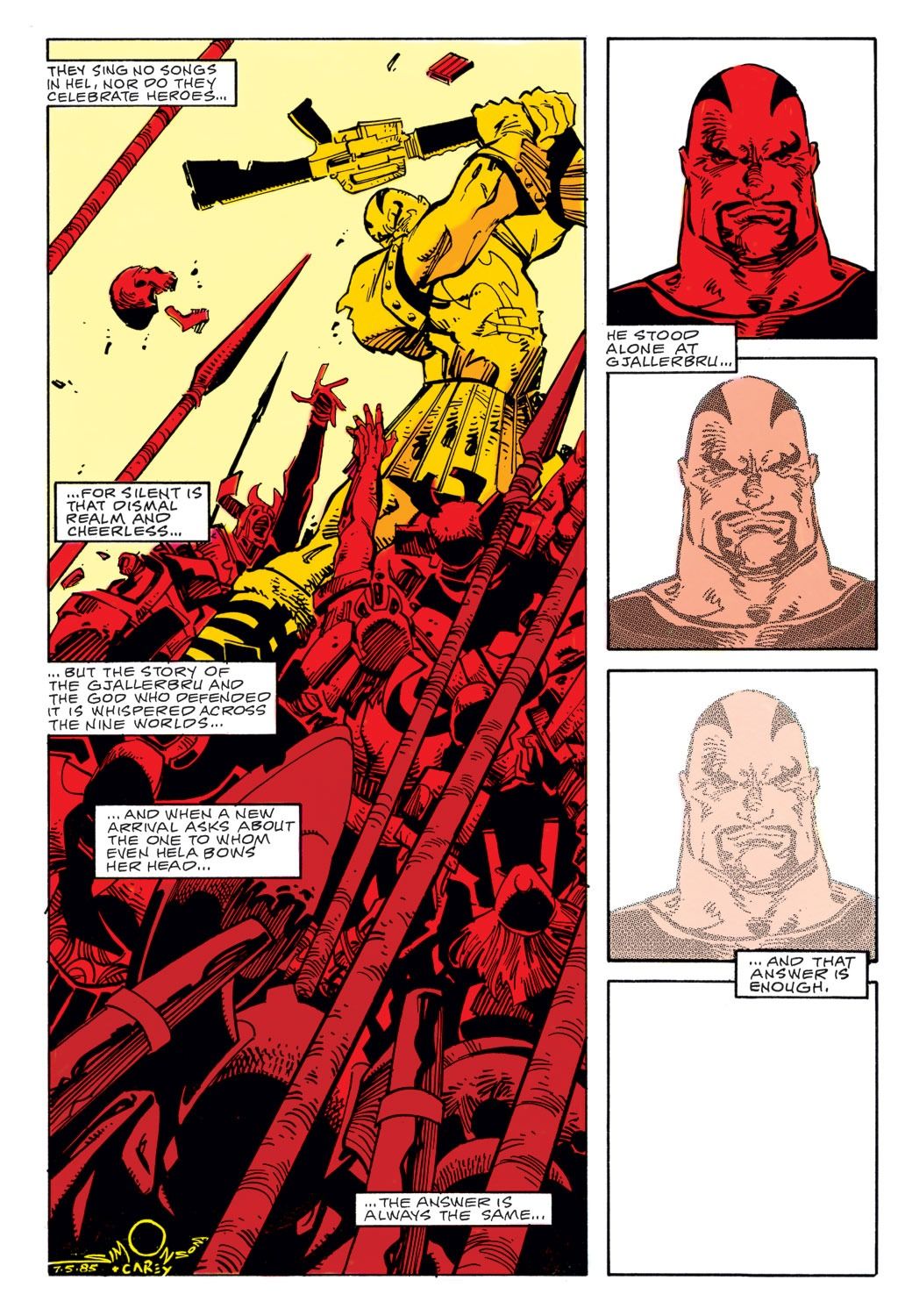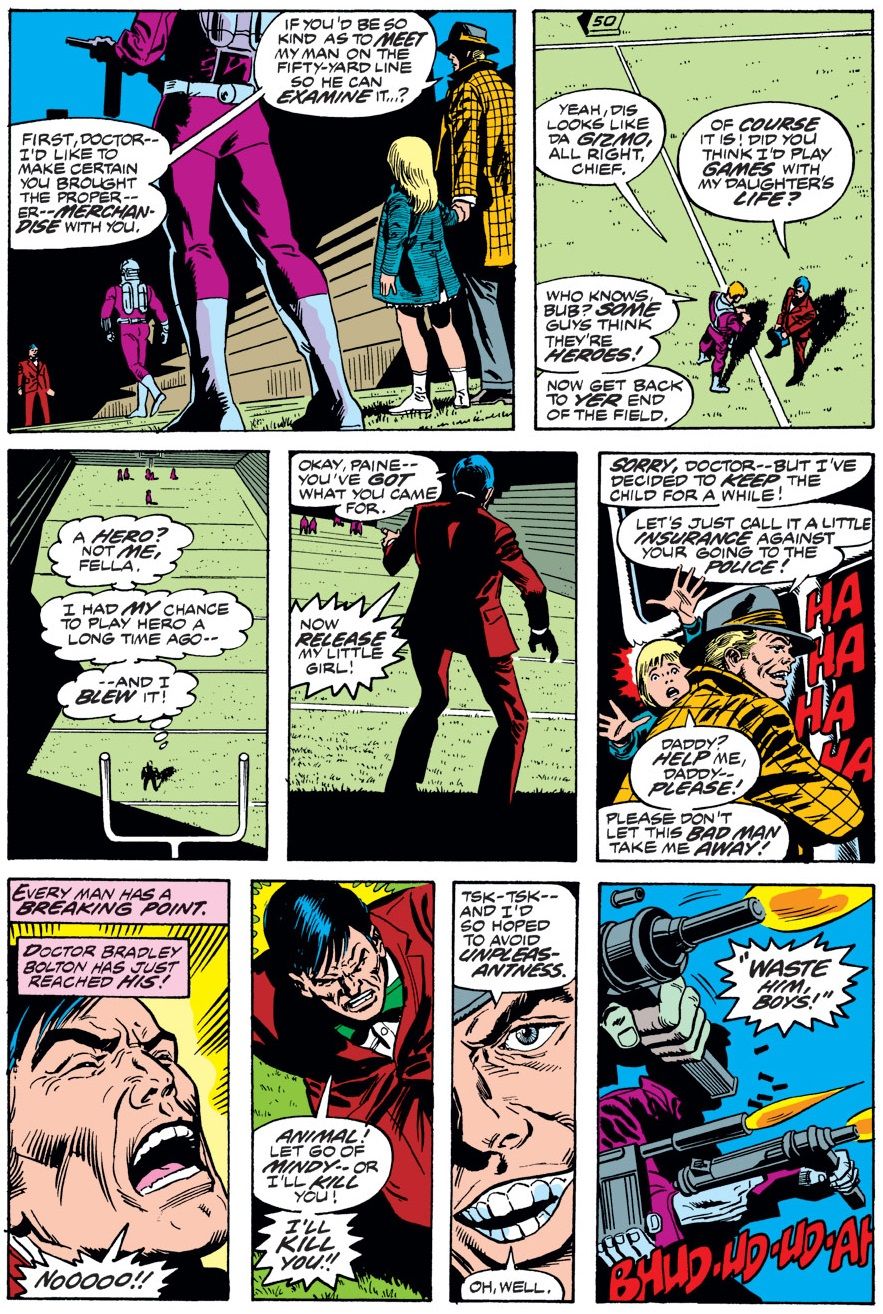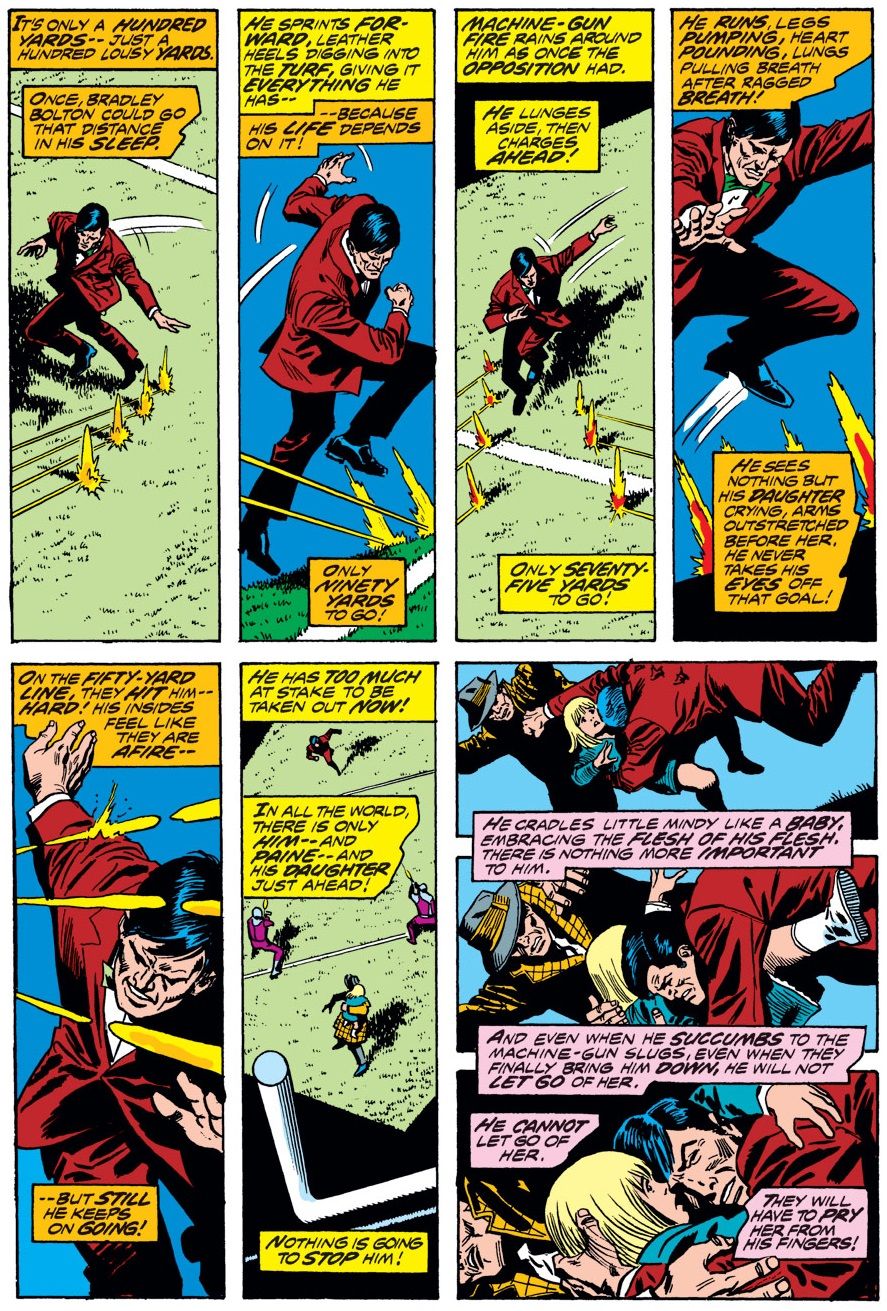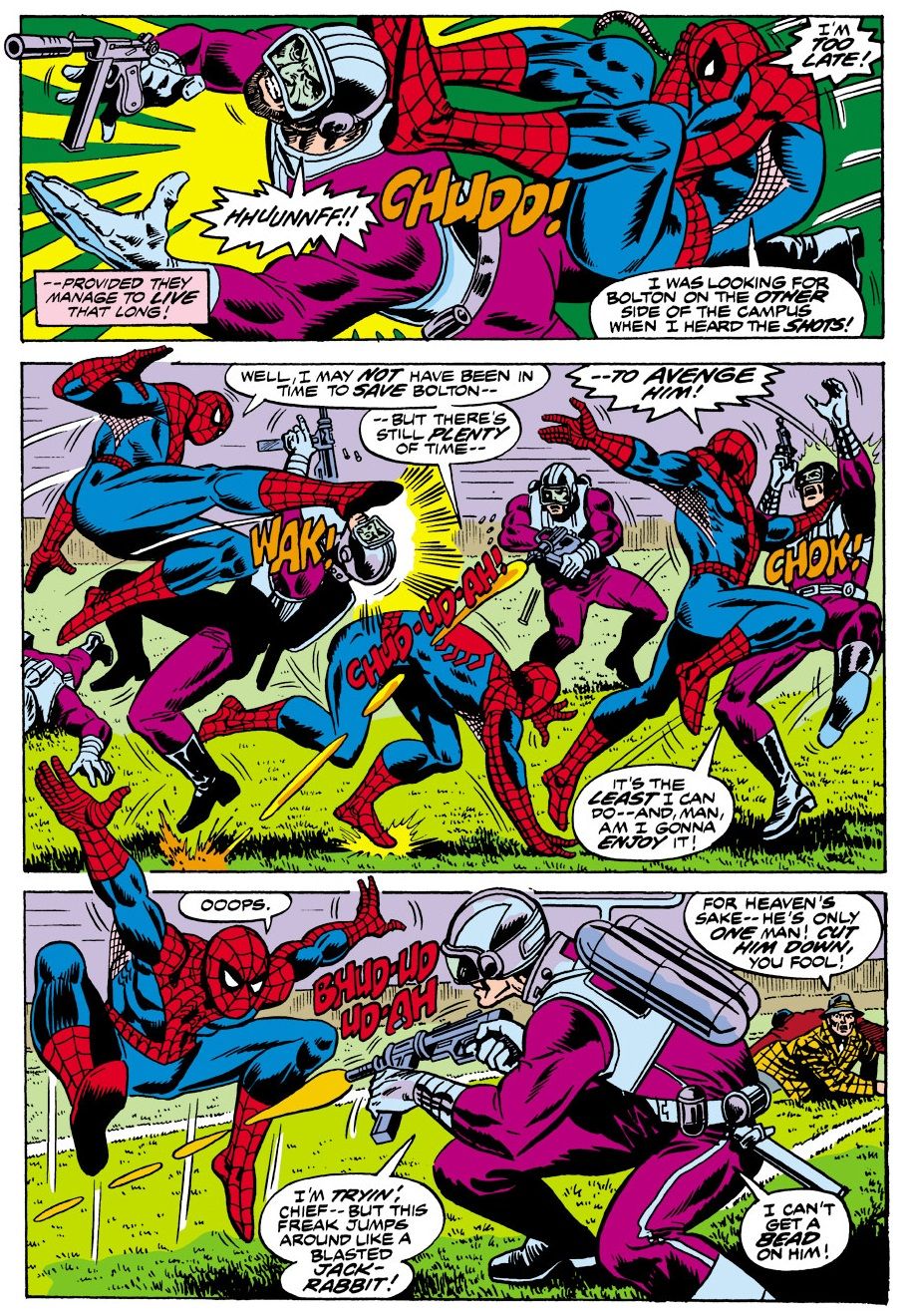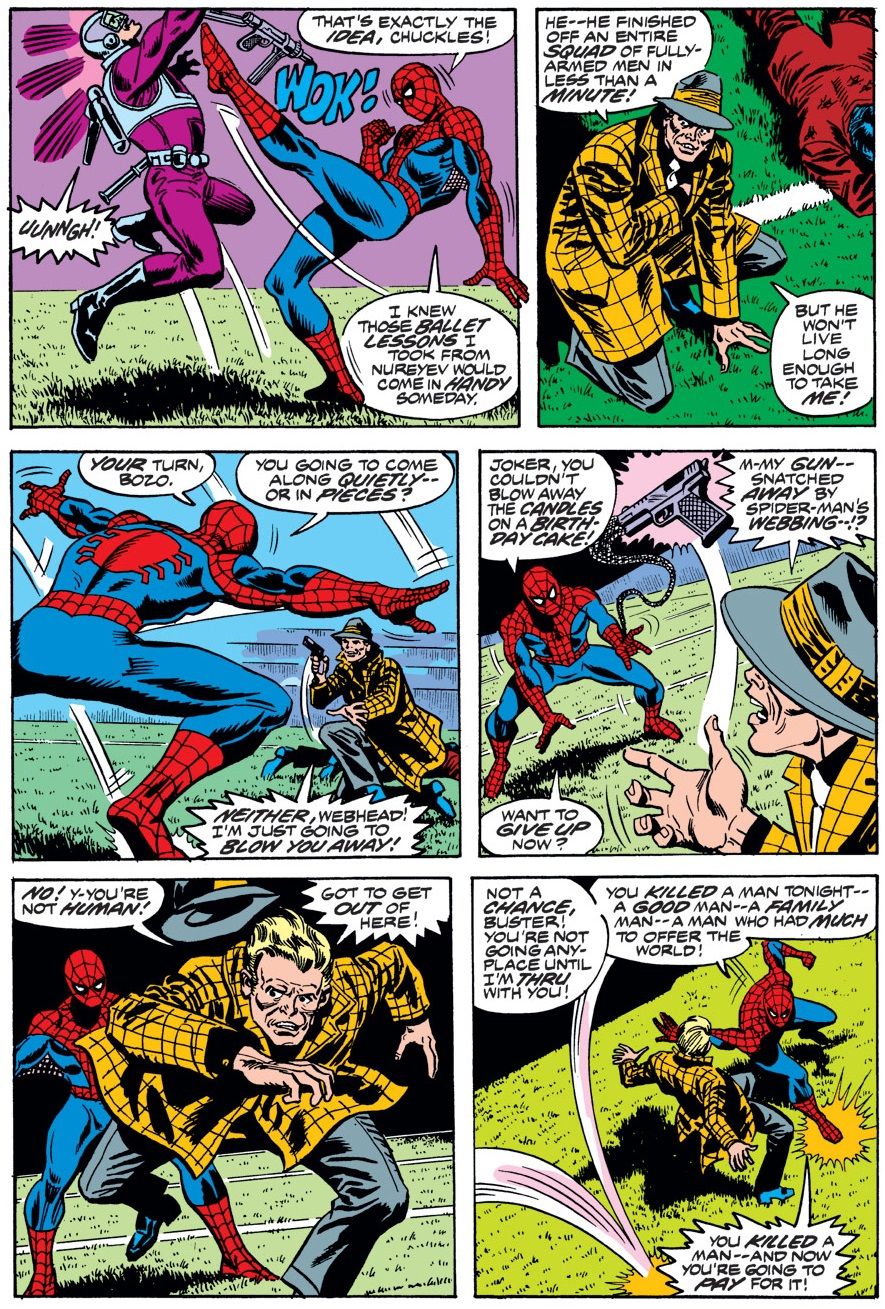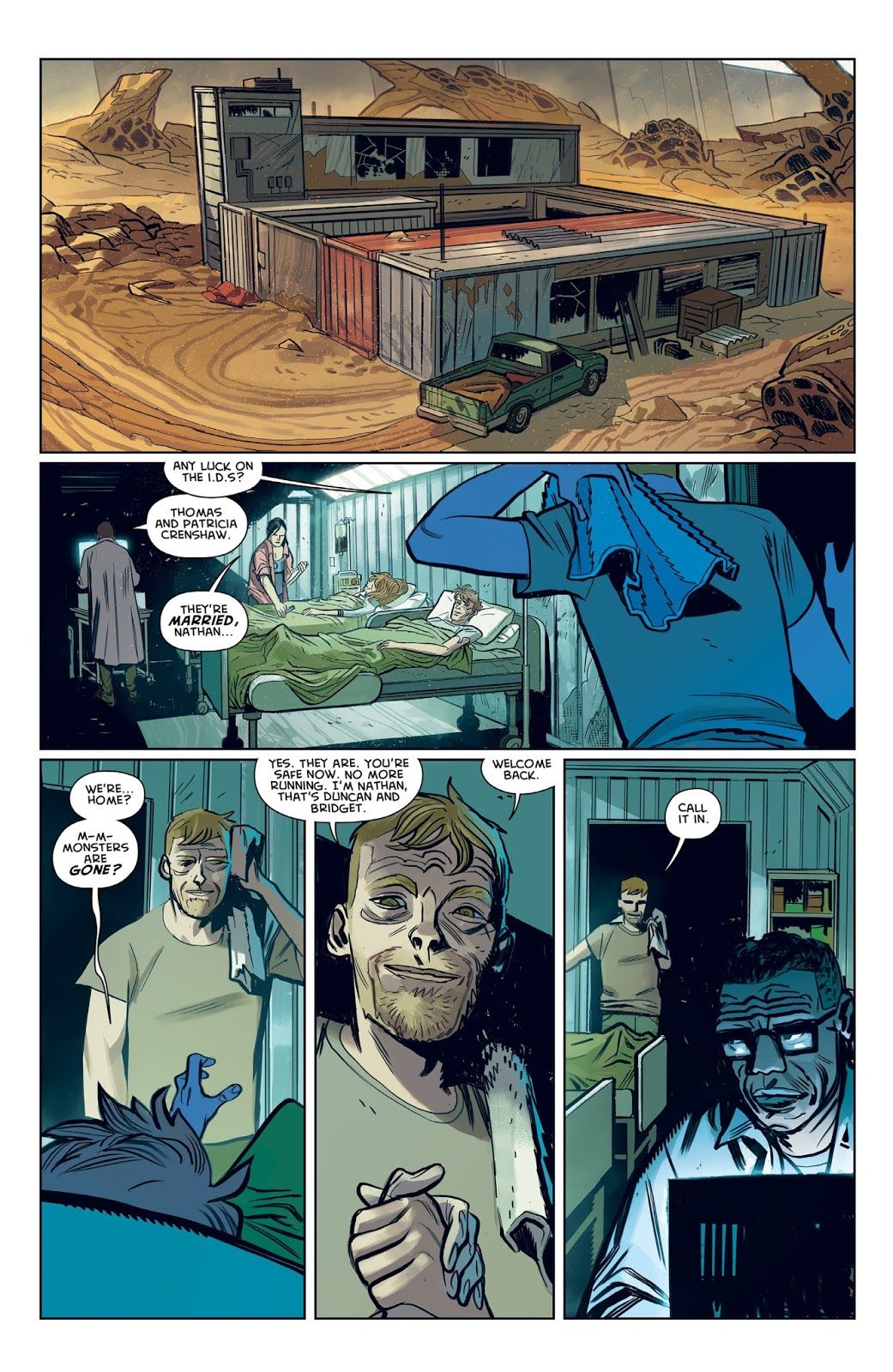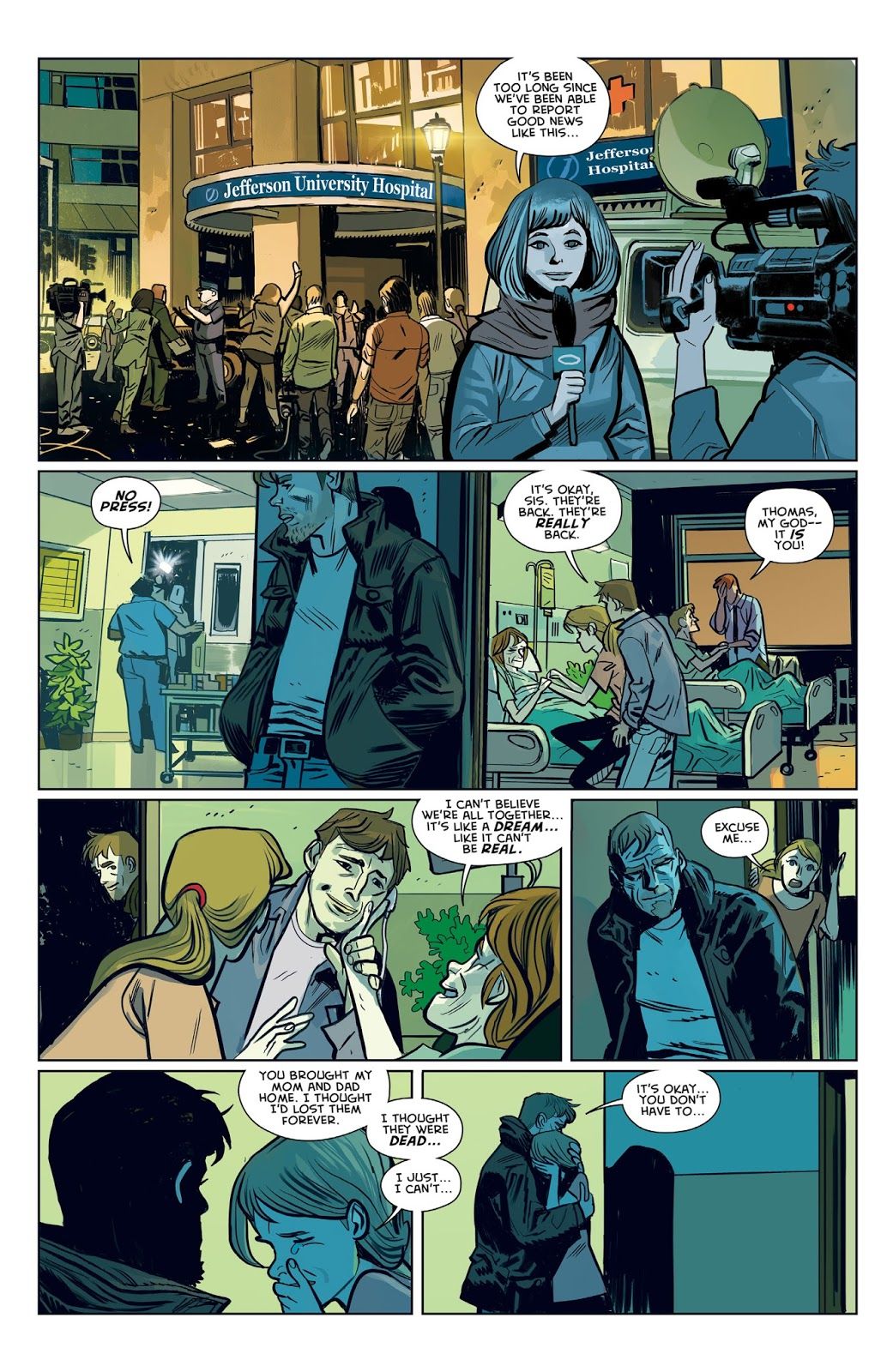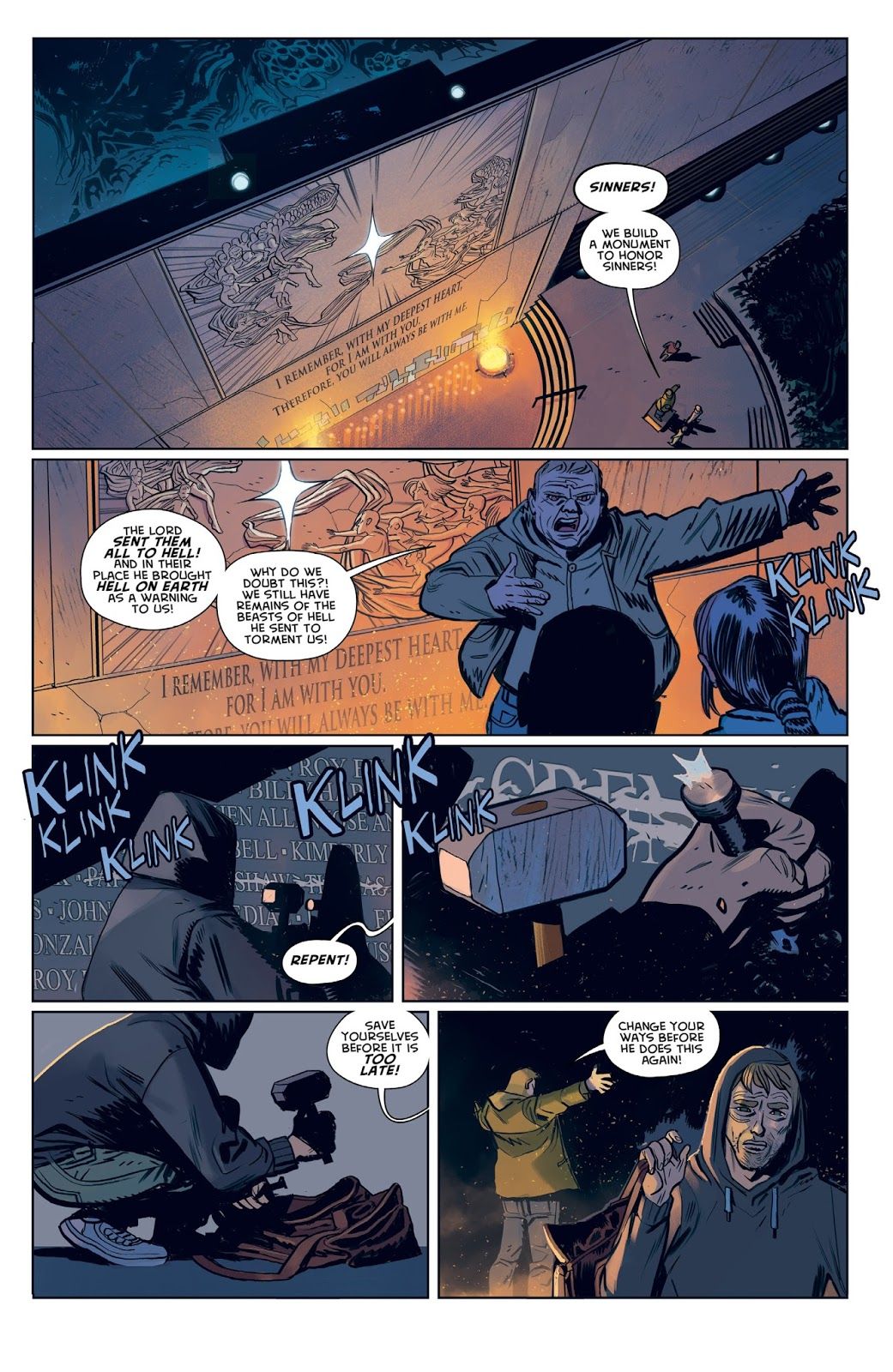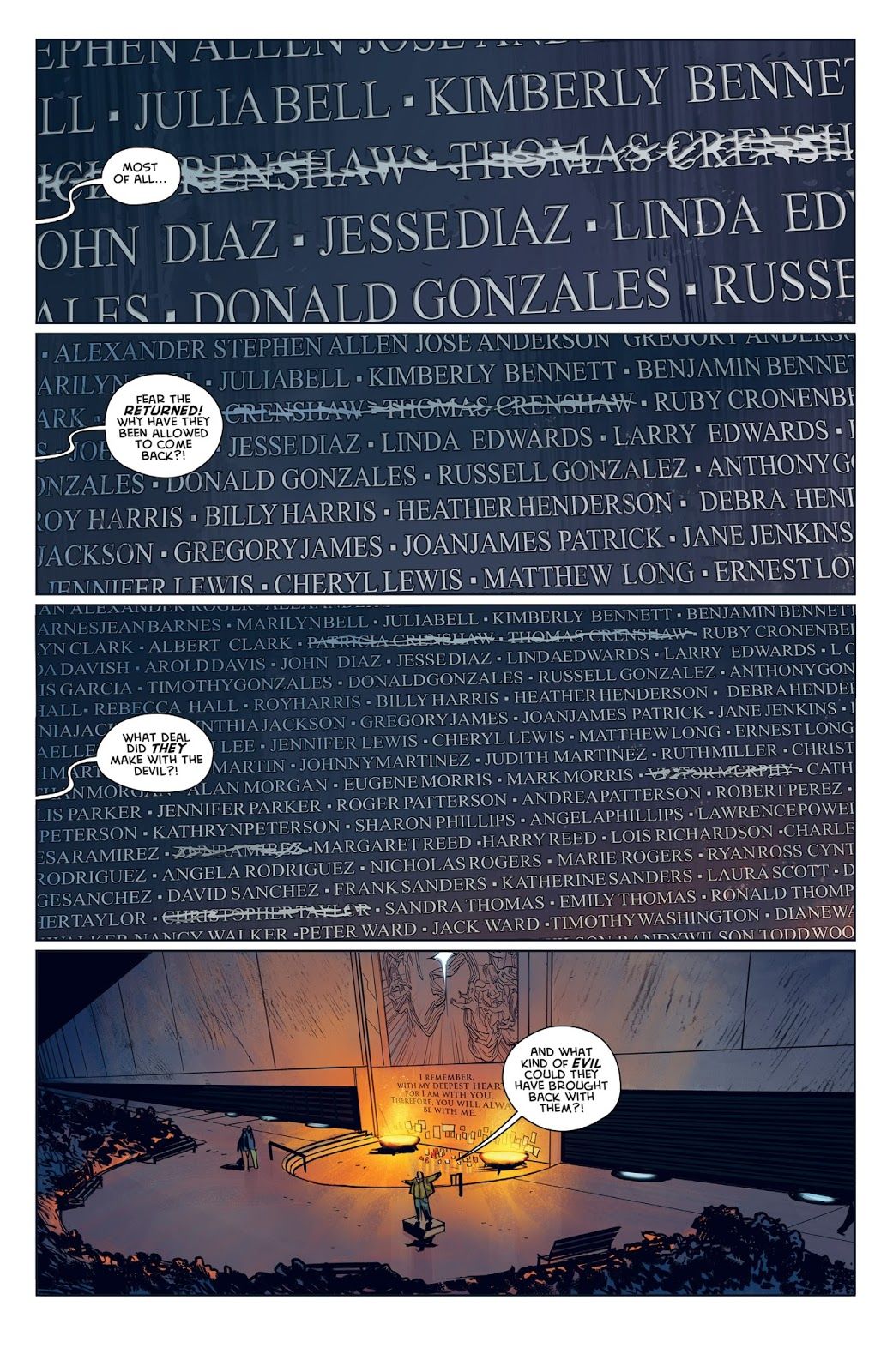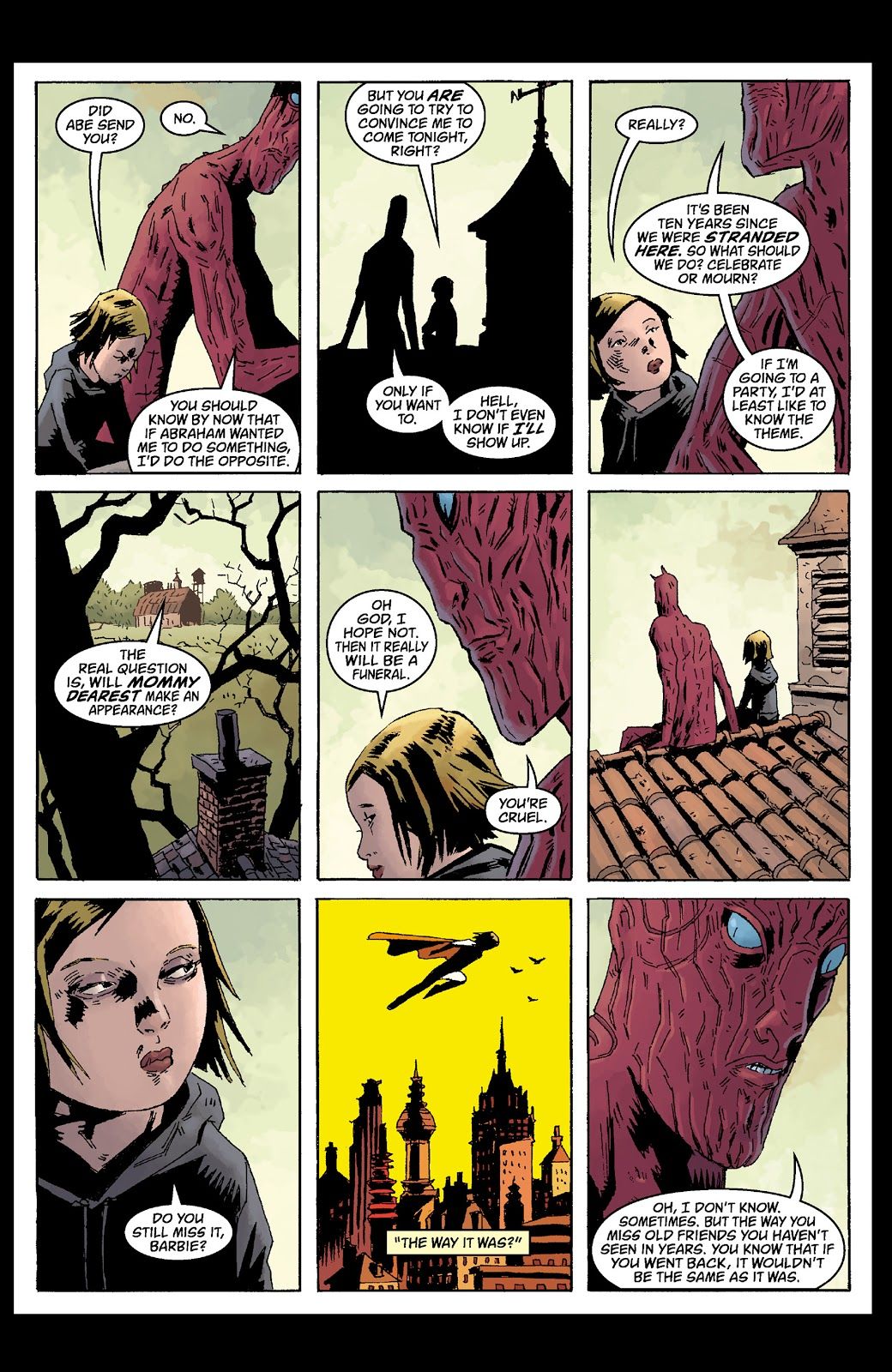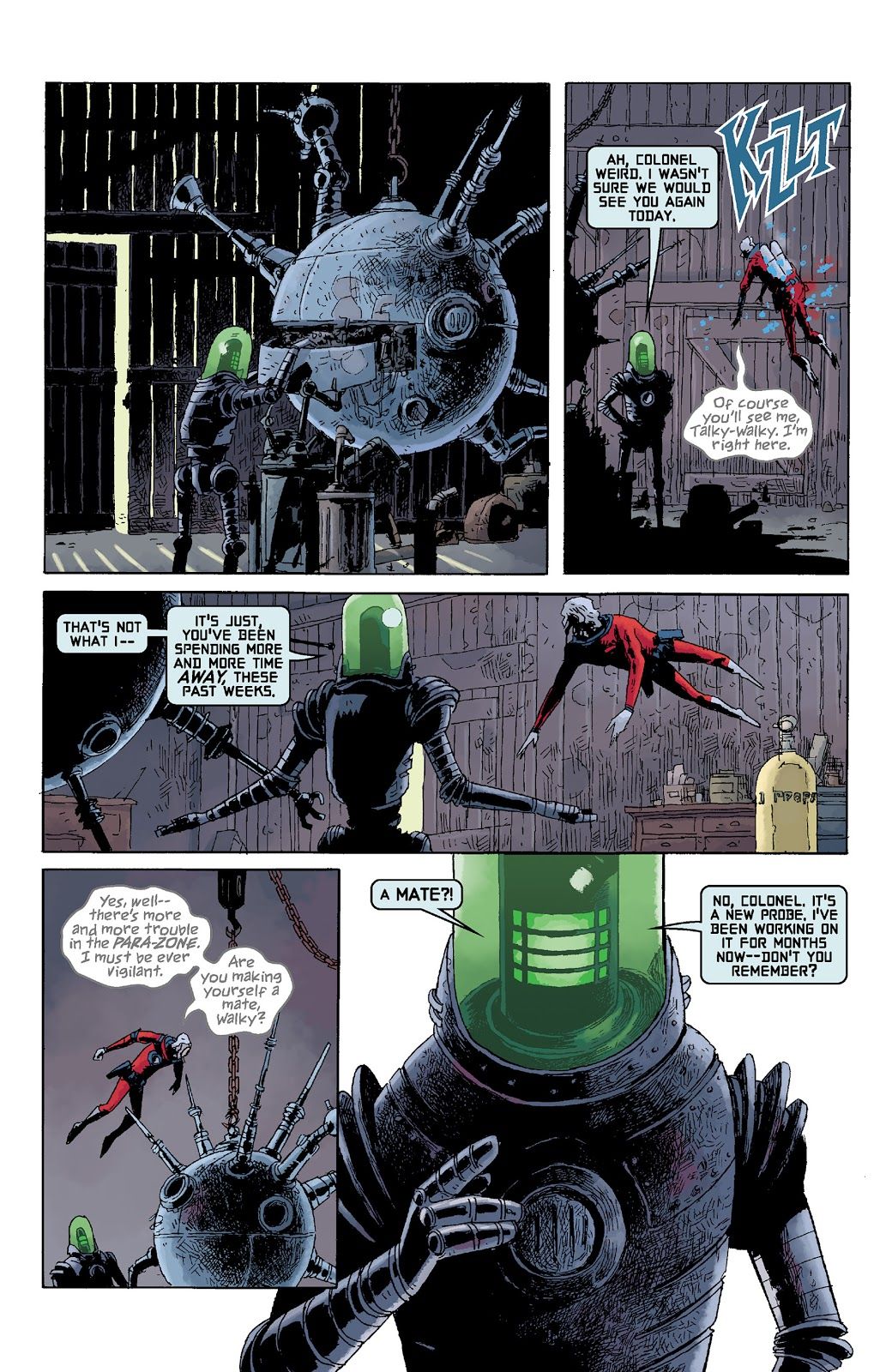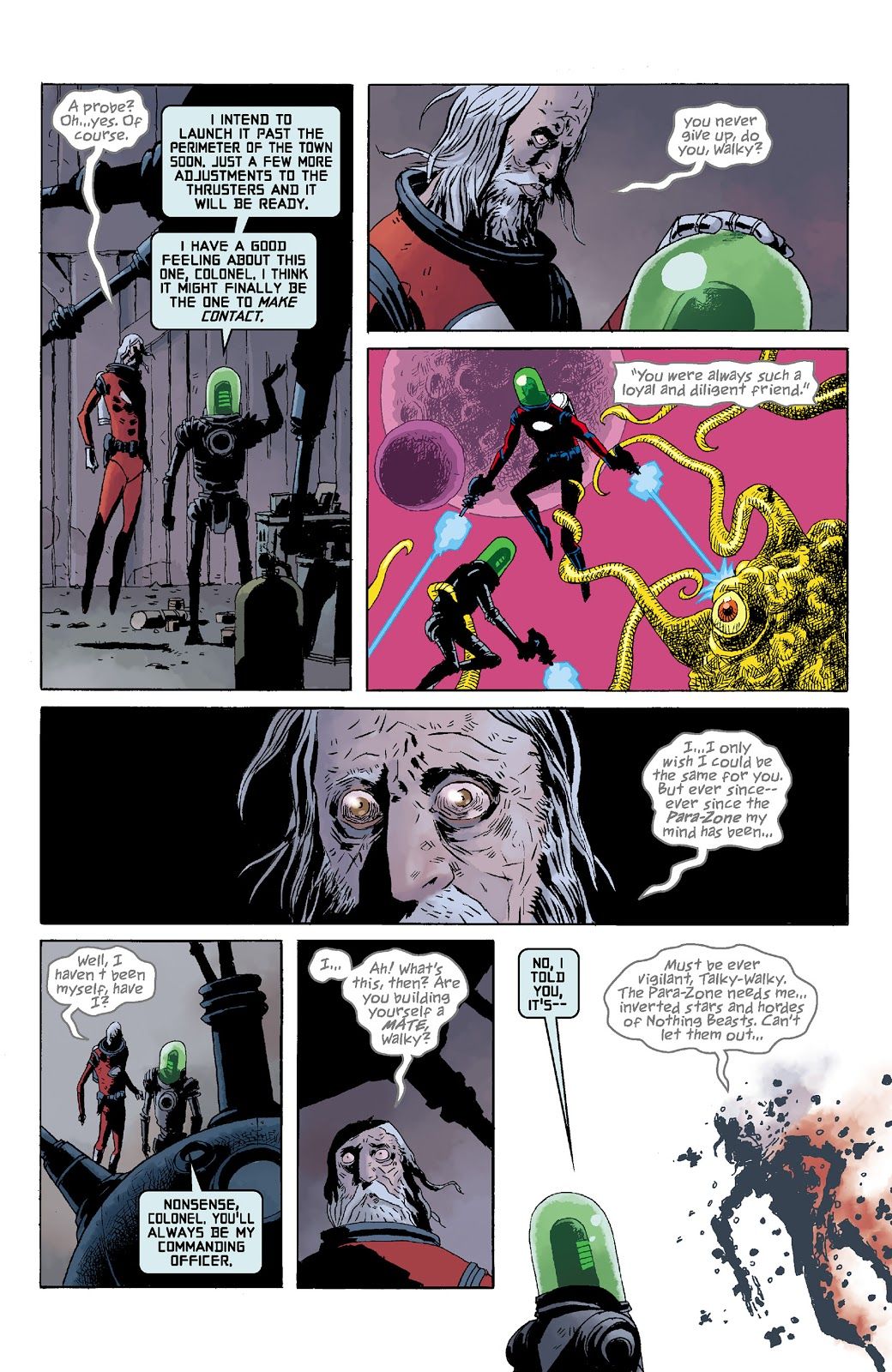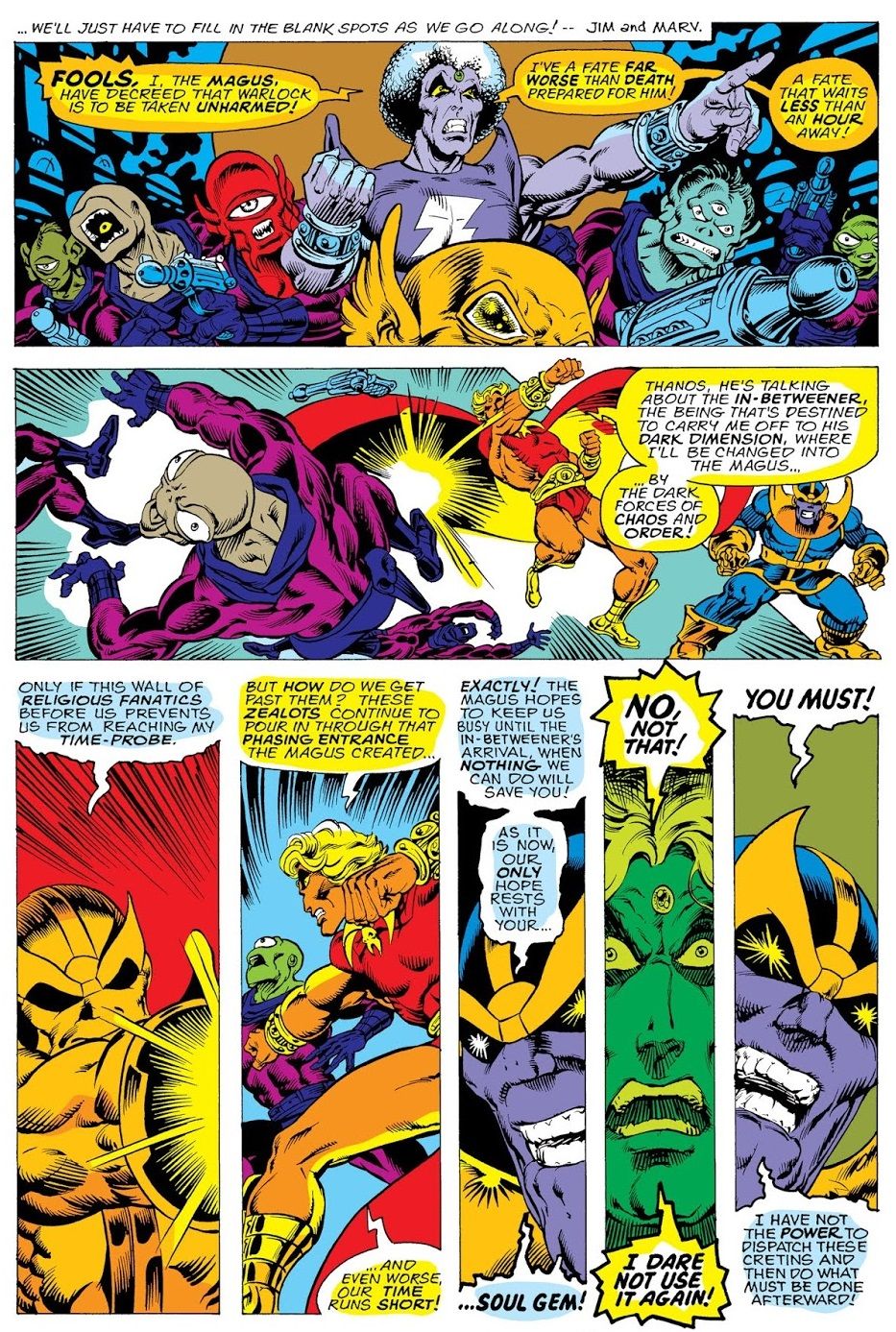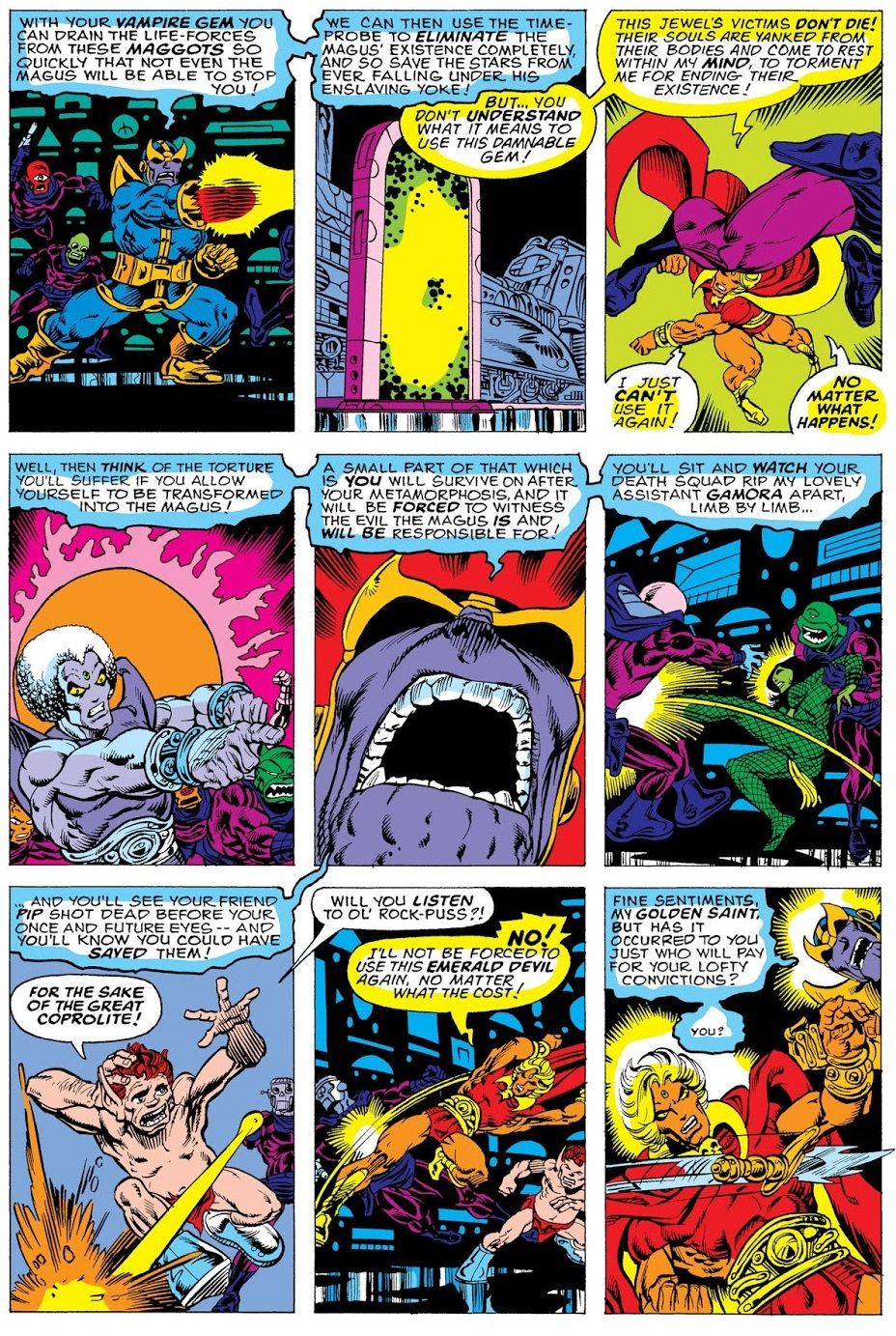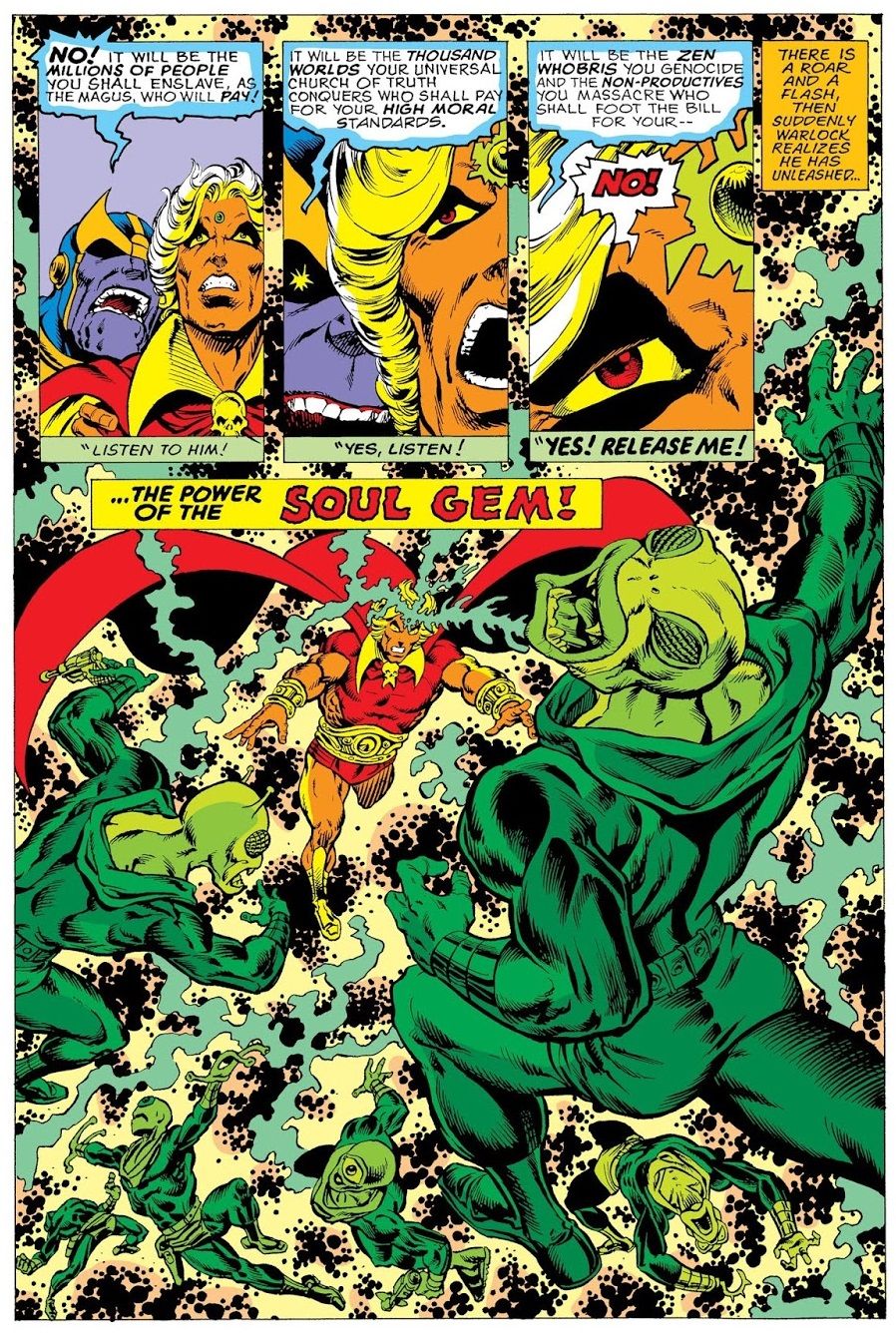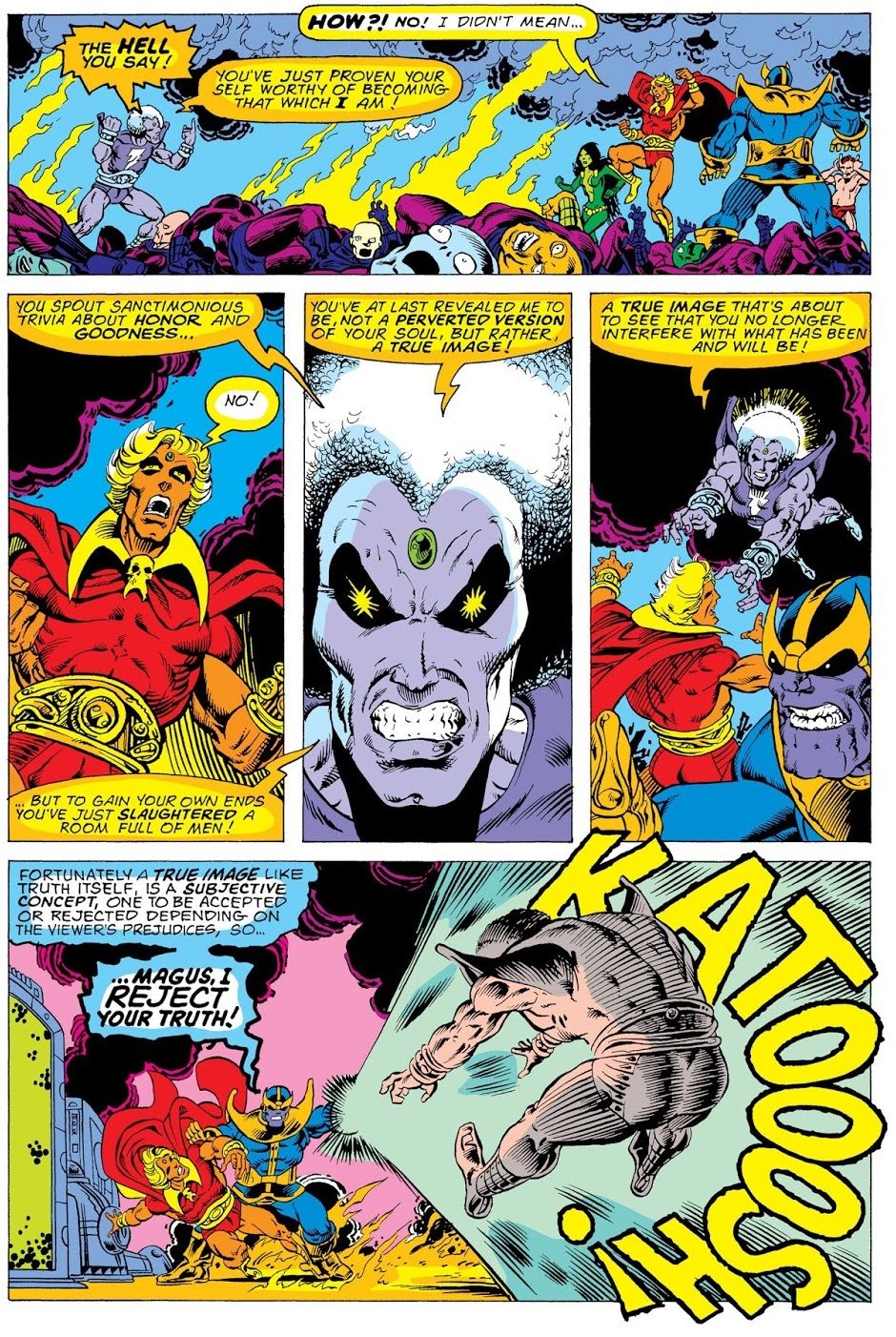Our every four years countdown of your all-time favorite comic book writers and artists continues!
Here are the next five writers that you voted as your favorites of all-time (out of roughly 1,008 ballots cast, with 10 points for first place votes, 9 points for second place votes, etc.).
29 (tie). Walter Simonson – 383 points (6 first place votes)
There's not much cooler of a way to introduce yourself to a title then to break the old logo of the book in your first issue and debut a new logo the next one. And that's just one of the dramatic things Walter Simonson did with his first issue of Thor, a book that was not selling particularly well, so Simonson had a great deal of freedom to TRY these dramatic things. The other dramatic event in the first issue of Simonson's Thor was just WHO it was that was wielding Thor's hammer on the cover - some weird looking creature!
Beta Ray Bill, the noble alien who was found to be worthy enough to wield Mjolnir, was an attempt to shock readers, and to give his book a try, as Simonson spent the next thirty issues or so both writing and drawing an eventful time in the world of Thor, as Simonson used his extensive knowledge of Norse mythology as the foundation for his stories, which were a bit more serious and true to Norse culture than previous writers.
Simonson's stories were mostly plot-driven, but he gave a number of interesting character moments along the way, as well, and of course he delivered that fantastic, stylized dynamic artwork that he is so well known for using.
There was a major story with a fight between Odin and Surtur that took advantage of Simonson's ability to draw really outstanding fight scenes, but perhaps the most notable storyline during his run was when a number of souls of living Earth people are trapped in the land of Hel. Thor, Balder and a few other people lead a rescue mission to save them, and the evil toady of the Enchantress, Skurge the Executioner, asks to be allowed to help, too. At the end, when they are about to be overrun at a bridge by the hordes of Hel right before becoming free, Thor vows that he will stay behind and hold off the hordes himself while the humans escape. Skurge knocks Thor out, and while everyone at first thinks he is being a traitor, he is instead opting to take Thor's place.
It's an amazing sequence of events, beautifully written and drawn by Simonson. Simonson's run on Thor was so strong that Simonson actually stopped drawing it during the last year or so and it barely skipped a beat! That's how vivid of a picture that Simonson painted, that he was able to have another artist approximate his delivery.
In the years since, Simonson has brought that same compelling grandiosity to great runs on Fantastic Four and Orion. And, of course, he is also an amazing artist.
29 (tie). Len Wein – 383 points (5 first place votes)
Along with his friend, Marv Wolfman, Len Wein broke in at DC Comics in the late 1960s and early 1970s. During this time, he invented Swamp Thing for DC Comics with artist Bernie Wrightson. He also had a great run on Justice League of America.
Wein slowly got more work at Marvel and became the regular writer on Incredible Hulk, a character he really enjoyed writing. Wein even became the Editor-in-Chief of Marvel Comics. That job, though, led to him having to give up writing duties on the newly re-launched X-Men, which starred a bunch of characters that Wein co-created, including Colossus, Storm, Nightcrawler and Wolverine (who Wein had introduced in his Incredible Hulk run). Soon after, though, Wein gave up being Editor-in-Chief (but didn't feel right taking the job on X-Men from the writer who followed him, Chris Claremont).
He could now concentrate on writing and boy, he wrote a TON. He wrote pretty much all of Marvel's major franchise titles (Hulk, Spider-Man and Fantastic Four). Wein was only the third regular scripter in Amazing Spider-Man history when he took over the title from Gerry Conway with issue #151. He wrote the book from #151-181.
Wein did good work during his run continuing the strong foundation that Gerry Conway had laid for the Peter/Mary Jane relationship. Wein was big on moving things forward. During Wein’s run, he had Betty Brant and Ned Leeds marry, he had Liz Allen and Harry Obsorn get engaged, and he also introduced Dr. Marla Madison, who later became J. Jonah Jameson’s wife. Conway had avoided many of the classic Spider-Man villains during his run, but Wein brought lots of them back into play, including a new Green Goblin (while still introducing new villains, as well).
I have always been especially impressed with how well Wein was able to mix character-driven stories with action-packed stories (Amazing Spider-Man penciler Ross Andru was a big help there, of course).
One of my favorite Wein issues was early on in his run where he had a former football player turned scientist be blackmailed by some bad guys through the kidnapping of his daughter. Early in the story, the man told the tale of how he nearly won "the big game" with a punt return that he took from his own goal line all the way to the 1 yard line of the other team. He fell short. Later in the issue, he reproduces that run, but this time it is to protect his daughter...
Classic stuff.
Len Wein had been writing one or two Batman issues here and there for EIGHT YEARS (including the last story before Steve Englehart's Detective Comics run and the issues after Englehart tying up any loose ends Englehart left) but then he took over as the main Batman writer in 1979 (he left Marvel at the same time). Wein's run was a compelling mixture between action and character-driven work. Character-wise, this run is likely best known for introducing us to Lucius Fox and for re-introducing Catwoman into the Bat-books as a regular supporting cast member.
While at DC, Wein got more into editing, as well. Wein famously helped recruit a number of notable British comic book creators to come work for DC. One of them, an artist named Dave Gibbons, did a run on Green Lantern with Wein. Wein was the editor on Swamp Thing when he then hired a British writer named Alan Moore to take over the series (it really speaks to Wein's awesomeness that he was totally cool with Moore dramatically revamping a character Wein invented). Later, Wein edited Moore and Gibbons on Watchmen.
28. Robert Kirkman – 394 points (1 first place vote)
Robert Kirkman is most famous, of course, for co-creating the cultural phenomenon known as The Walking Dead, which he has been writing for over fifteen years now, including writing for the hit TV series adapted from the comics. However, Kirkman is a lot more than just that one hit comic book. In fact, while obviously The Walking Dead is what made him famous, for a while there his work on the superhero series, Invincible, was nearly just as well known within the world of comics as his work on The Walking Dead. If I had to pick a particular "style" for Kirkman, I would say that his work tends towards having plots that take a "realistic" look at what it would be like if X happened. For instance, if we lived in a world of superheroes, what would that really look like? That's what Invincible often looked like - there was a lot of death and destruction. Plus, Kirkman has always been willing to kill off characters in his titles, because, again, that's a very natural thing to happen.
Also, another strength of Kirkman's is how he comes up with compelling characters very quickly, to the point where you're quickly interested in seeing what happens to that character and that you become invested in the world of that character. That has been the case in Walking Dead, Outcast and one his most recent series, Oblivion Song (he also launched a series called Die Die Die). Here is a bit showing the basic initial setup, about a man who tries to bring people home after they disappeared into seemingly oblivion years earlier...
I especially admire Kirkman's dedication to the world of comics. Many other people might have taken a step back after the success of Walking Dead, but Kirkman never stops creating new comics.
Page 2: [valnet-url-page page=2 paginated=0 text='See #27-26!']
27. Jeff Lemire – 406 points
Jeff Lemire is a fascinating example of seeing a writer bring his independent sensibilities to mainstream comics and having the result work out very nicely. Lemire is currently writing series for practically every comic book company around, from Marvel to DC to Dark Horse to Image to Boom! and more! What I love about Lemire's work is how unique it is - his approaches are unlike most other comic book writers and the results often throw you off balance, but in a very compelling way.
A great example of this is his brilliant series, Black Hammer (with artist Dean Ormston), about a group of superheroes who became trapped in a small town following an inter-dimensional crisis (essentially, what happens to the heroes who were "erased" from continuity during Crisis on Infinite Earths?)
Lemire has one of the most impressive voices in comics. He has also been able to adapt his skills to all sorts of different types of books, from the Justice League to the X-Men to Green Arrow to Old Man Logan to the Sentry to the Terrifics to Moon Knight to Animal Man to all of his outstanding creator-owned works like Black Hammer, Essex County, Sweet Tooth and The Nobody. One of my all-time favorite Lemire works was the graphic novel, The Underwater Welder.
In it, a man is tormented by his memories of his dead father (and the way that his father was when he was a alive, as well), and now that he has reached the same age that his father was when he died and he is expecting his first child (a boy), he becomes obsessed with finding out the "truth" of how his father died so many years ago. During all of this, he gets caught in a journey into both the past (where he visits himself as a child) as well as the future. At the heart of the comic is a man who feels that he is tied to a certain path in life that he can't avoid no matter how hard he tries. He cannot escape this town and this life, even if it ruins his life and turns him into basically his own father. Can he break free of this? Can he break free of that description of himself? It's such a great book. It made our recent countdown of the Top 50 Original Graphic Novels.
26. Jim Starlin – 456 points (2 first place votes)
Jim Starlin had already established himself as a tremendous cosmic writer with his work on Captain Marvel, but his run on Warlock (spanning FOUR different titles) really cemented that reputation, with his back-to-back classic arcs, The Magus Saga and then whatever you call the story with Thanos.
Starlin had Adam Warlock face off against an evil religious empire, also Magus, his evil future self, not to mention Thanos, who is, as you know, an evil guy who loves him some death. Warlock and Thanos teamed up to fight Magus...
Starlin introduced some notable supporting characters, too, with Pip the Troll and Gamora, the "deadliest woman in the universe."
Starlin ultimately had to use other comics to finish his story, with the two Annuals, which ended with, well, everyone dying. :)
Starlin left superhero comics to do an extensive run on the science fiction epic Dreadstar. He then did a stint on Batman for DC where he came up with the KGBeast, the Cult mini-series and wrote the story where Jason Todd was killed.
Starlin would later revive all his Warlock characters for new stories at Marvel, including the classic crossover storyline, The Infinity Gauntlet, which would lead to a number of other crossovers over the years. He has returned to his Thanos creation on a series of stories in recent years, including a few graphic novels (mostly working with artist Alan Davis).

